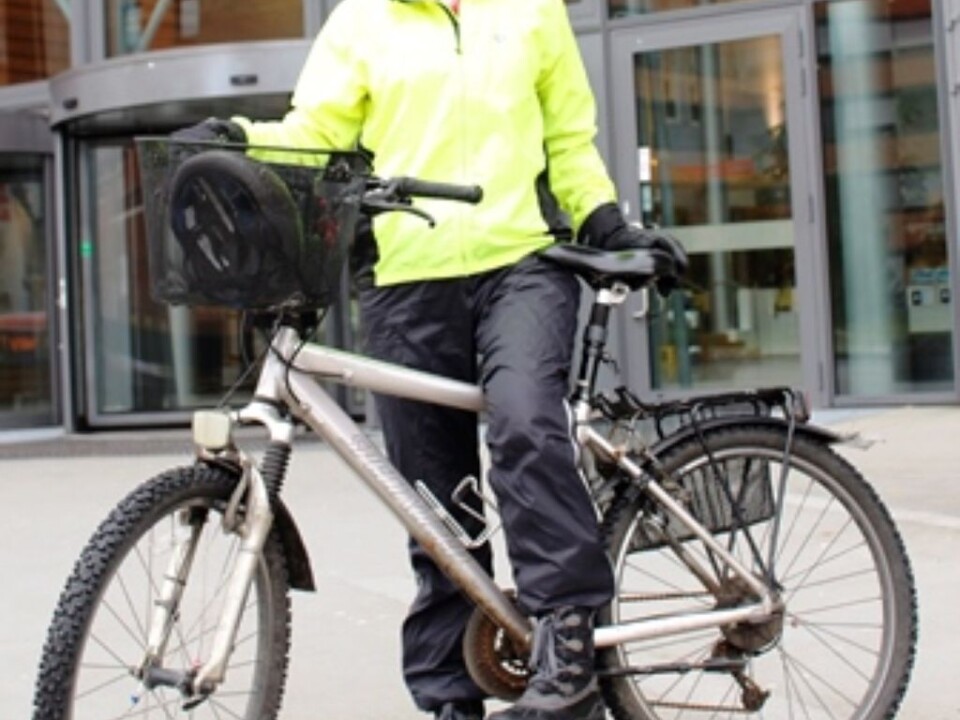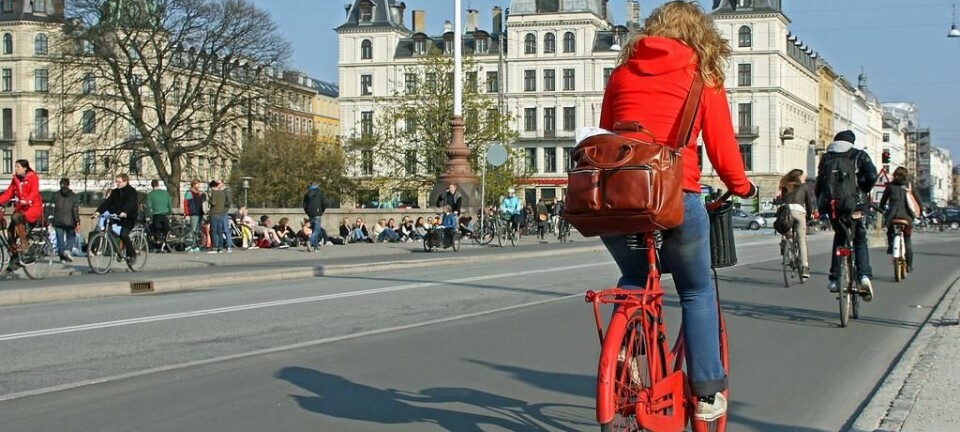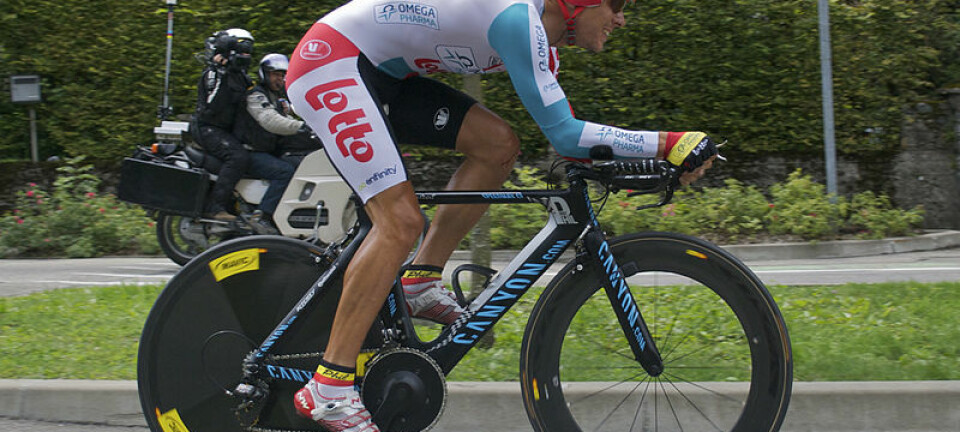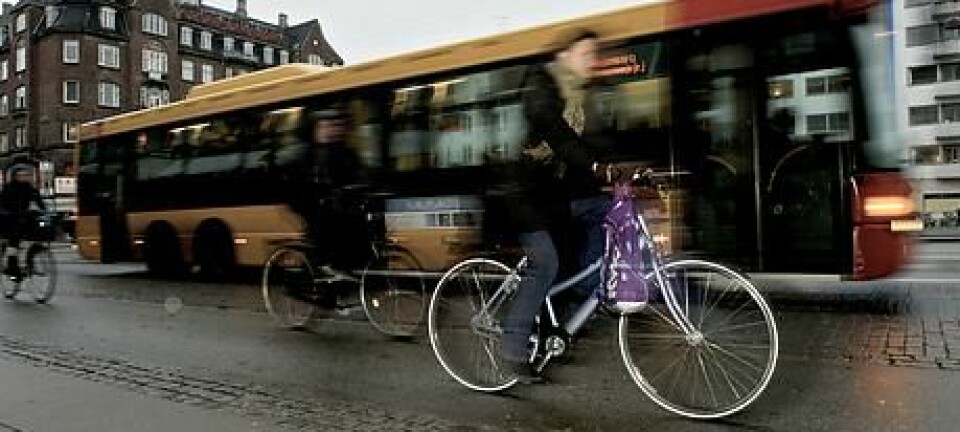Not cycling – even if the boss were to pay
Employers cannot expect much success with initiatives to get staff to ride bicycles to work. But better and safer roads might do the trick.
Denne artikkelen er over ti år gammel og kan inneholde utdatert informasjon.
General public health and the environment both benefit when more people commute to work on their own pedal power rather than driving or using public transport. The exercise helps reduce the frequency of sick leaves, which are costly for employers and public coffers.
Nevertheless, employees have their doubts that companies can coax more of them into cycling to work, according to a study by senior researcher and economists Caroline D. Ditlev-Simonsen and Fred Wenstøp at BI Norwegian Business School.
“The employees doubt there is much that employers can do to motivate them to ride bikes to work, according to our study,” says Ditlev-Simonsen.
Showers at work?
The researchers surveyed employee opinions about measures to motivate bike-riding. The results are based on 752 employees working for four large companies in Oslo.

The study focused on the extent to which employers’ initiatives motivate staff to commute to work on bikes.
Does it help to install showers or let the time spent biking count as working hours? Or would employees ride bikes more if bosses were good role models and also pedalled to work? Or what if the firm lent bikes to employees?
No deal – most of the employees answered that they didn’t think such incentives were important.
“It appears that there is little point in employers starting such measures without implementing a thorough analysis among the employees,” says Ditlev-Simonsen.
Such steps will have the least impact on the target employees, that is, the ones who are uncomfortable with the idea of cycling.
“The most surprising thing is that even an offer to include the cycling time in working hours or grants of payments per kilometre is not considered tempting,” says Ditlev-Simonsen.
Poor streets
The main reasons given by people for not using two wheels and muscle power to commute are extensive distance, poor street and traffic conditions – that it is impractical.
“Employers can’t do anything about the first two justifications, but it should act as a strong wake-up call for the authorities,” says Ditlev-Simonsen.
Younger staff more positive
Differences were noted among employees. Certain initiatives would work on some but not others.
“It’s worth noting that younger people are generally more receptive to prospective schemes from employers,” says Ditlev- Simonsen.
She thinks the study shows that public officials need to get more involved in changing people’s behaviour. But more stringent regulations are not so tempting, she adds. Inner motivation appears to be the decisive factor when it comes to biking to and from the job.
Ended early
The study was supposed to be in two stages. The first looked into what employees wanted their firms to do most as motivation. The second state was supposed to evaluate how effective the measures turned out to be. But as employees showed such little interest in whether bosses took such initiatives, the Oslo firms bailed out prior to phase two.
This is why the study only gauged what the employees thought might – or might not – motivate them. But this is not necessarily the definitive answer about what would really have a motivational impact.
------------
Read the Norwegian version of this article at forskning.no
Translated by: Glenn Ostling

































